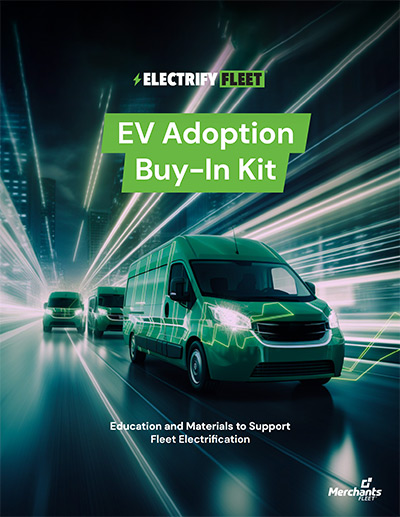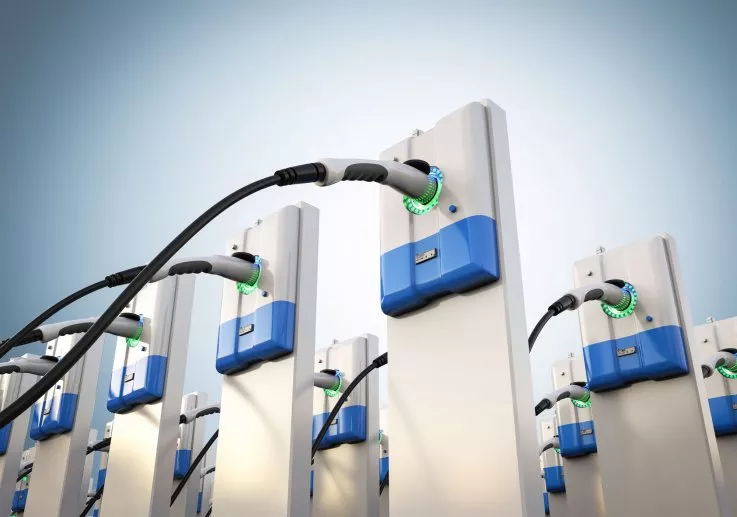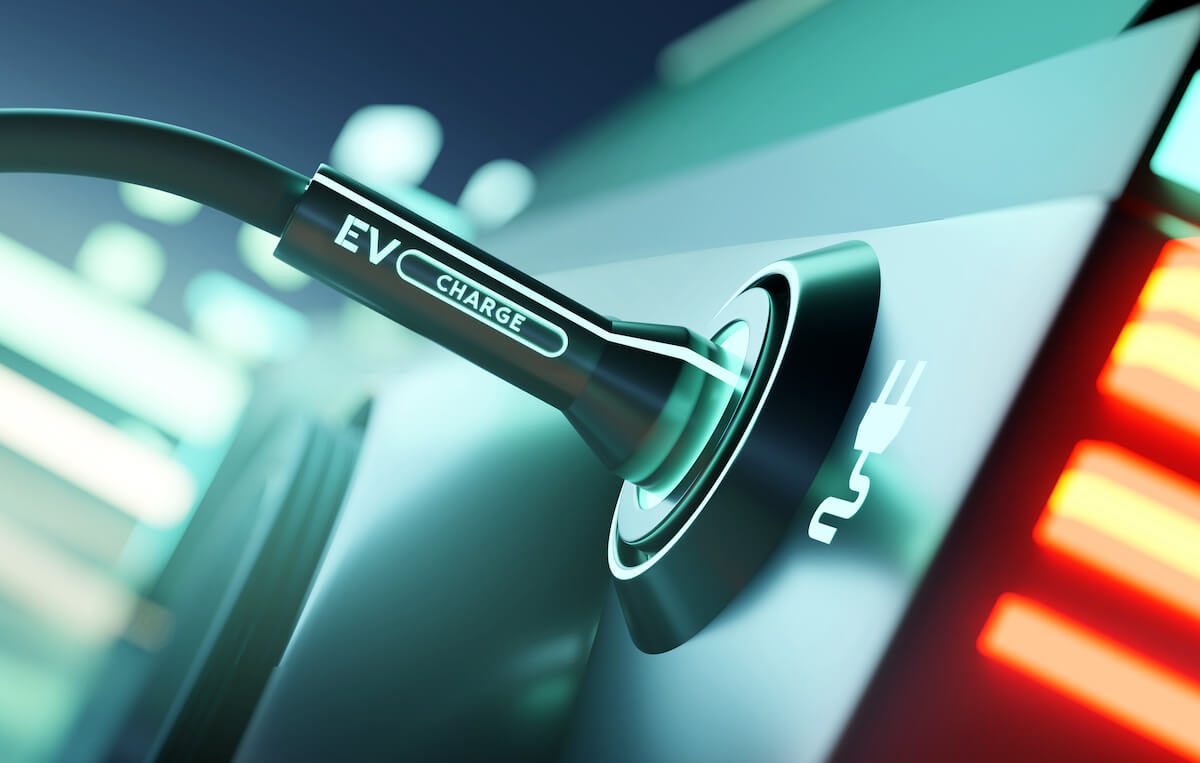EV Charging Interoperability Explained
Many fleet managers are recognizing the value and benefits of electric vehicles, but there are a lot of moving parts that need to work together in order for an EV fleet to run smoothly. In this guide, we explore what’s known as “EV charging interoperability,” why it’s so important to fleets, and top considerations for fleet managers who are ready to explore this sustainable solution.
What Is EV Charging Interoperability?
EV charging interoperability simply refers to being able to easily access any public or private charging platform, at any time, to charge an electric vehicle. This means everything from accessibility and connector capabilities to how drivers will pay for EV charging.
The Importance of EV Charging Interoperability to Fleets
Think of EV charging interoperability like all the components of a vehicle — or in this case, an electric vehicle. There’s the software, safety features, battery, navigation system — in other words, a lot of parts that need to work together to ensure the vehicle runs smoothly and to the best of its ability.
EV charging interoperability works much the same way. If there are issues with just one aspect — for example, the charging station you found is only compatible with Teslas, and you aren’t driving one — you will have to find another location, which can result in accrued costs, downtime, and delays.
Interoperability allows for a far more streamlined experience for electric vehicle drivers. As the industry becomes more standardized, concerns about driving an electric vehicle will be reduced, the overall driver experience will greatly increase and both of these results will lead to a larger adoption of electric vehicles.
Top EV Charging Interoperability Considerations
Let’s dive into the main components of EV charging interoperability.
- Connector compatibility — Much is being discussed these days regarding the NACS charging standard and for good reason. We are seeing a major shift in the industry as it relates to charging station connectors. Currently, there are also multiple types of of charging connectors:
- J1772 connector (compatible with Level 1 and 2 charging)
- NACS (Tesla) connector (compatible with Level 2 and 3 charging)
- SAE Combined Charging System (CSS) and CHAdeMO connectors (compatible only with Level 3 charging)The recent OEM announcements for planned adoption of the NACS connector signals a major shift towards interoperability. While adapters will be required for a period of time with multiple connector standards in use, the move toward a single connector standard for all electric vehicles will ultimately be a welcomed improvement.
- Charging Levels — Drivers must understand their charging requirements to ensure their vehicle is equipped with the required charging ports. While all electric vehicles are equipped for Level 2 charging, not all vehicles are equipped to charge at Level 3 charging stations.
- Education — Drivers and fleet managers must understand vehicle, charging station and charger connector differences. Ultil one standard is available in the electric vehicle market, understanding these differences and how they impact the driving experience will adequately prepare drivers for a successful electric vehicle experience.
- Access — Drivers must understand the type of charging connectors that are compatible with their electric vehicle to ensure they navigate to a charging station with the correct type of connector.
- Charging Station Networks — Drivers must be aware of the different charging station networks and be prepared with accounts with these networks to allow successful public charging. Some charging station networks also provide “roaming” capability, which enables a driver to use one mobile application to access multiple charging networks. Understanding which networks provide roaming capability and the partner networks included in this partnership will greatly help electric vehicle drivers.
- Payment — Not all charging station payment processes are the same. Some provide credit card swipe capability, but many require authentication through a mobile application. Driver preparation is key here as well; established access to multiple mobile applications with payment methods pre-entered will streamline the payment and charging processes for drivers.
- Technology — Electric vehicle analytics allows fleet managers to make more informed decisions. Telematics data such as battery usage can help answer questions about a vehicle’s range. Fleet managers can also use telematics to oversee energy consumption and energy generation, monitor a vehicle’s charging status, manage the “when and where” of charging, and improve driving habits. Ideally, fleet managers should have one app that includes all of this information as opposed to pulling data from multiple locations.
- Availability — The goal is for drivers to access charging stations when and where they need them. The market is now evolving to include more charging accessibility and availability for all types of EVs. For example, in the past, only Tesla vehicles could use Tesla charging stations, but by the end of 2024, the manufacturer will open at least 7,500 chargers to non-Tesla vehicles.
- Type of software system — EV technology is still somewhat segmented, but there are types of software on the market that can help control, organize, and coordinate their EVs. The software can also be integrated with some third-party tools, such as maintenance providers and accounting. When connected to sensors, GPS trackers, and telematics devices, the software can track vehicle diagnostics, driver behavior, maintenance needs, and more. Many modern EVs come equipped with connected vehicle software, which is built in and does not require any additional hardware.
Looking for More Information About EV Charging Interoperability?
Our EV consultants have the experience and knowledge to help you figure out exactly what you need. Contact us today if you’re ready to get started or if you have any questions about EV charging interoperability. We look forward to hearing from you.
Frequently Asked Questions
What is EV charging interoperability?
There are a lot of components to EV charging interoperability — where do I start?
With many standards currently available, how do I know which is best to choose?
When will full electric vehicle interoperability be reality?
How will interoperability provide cost savings?






